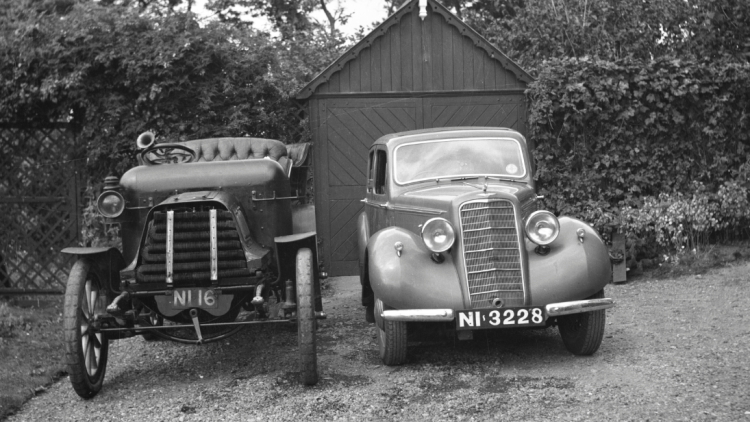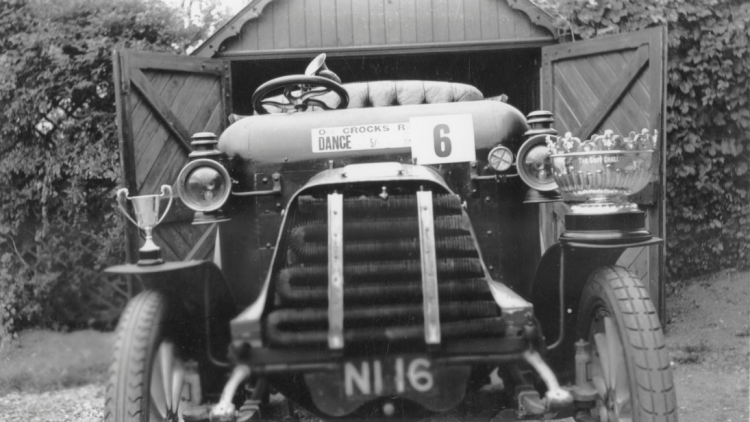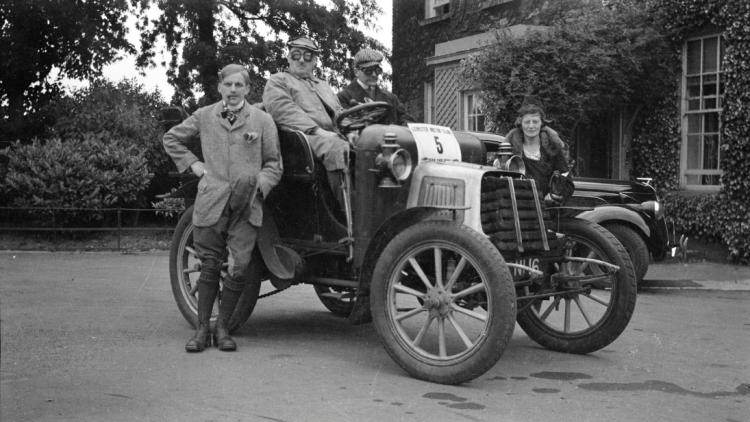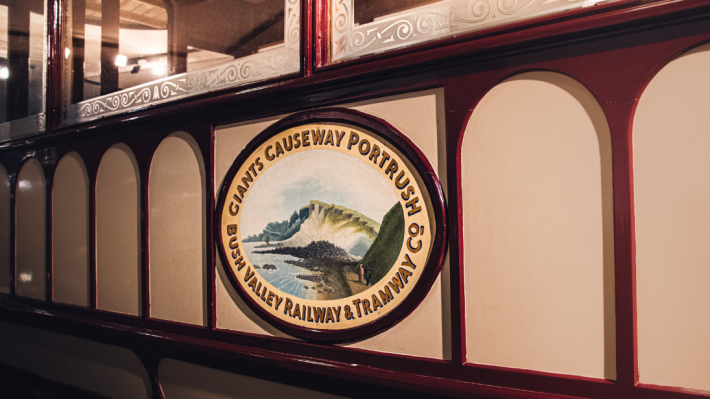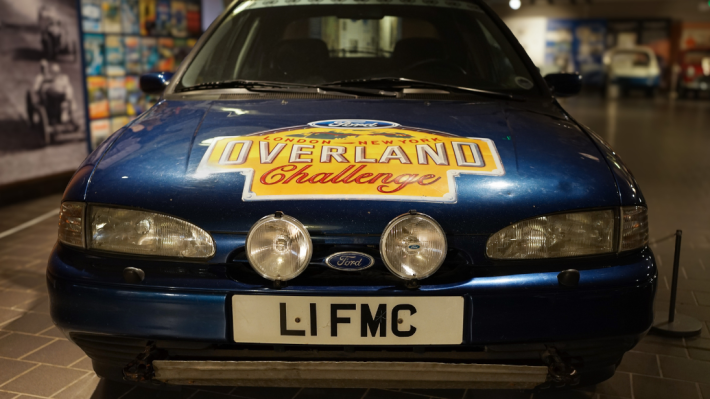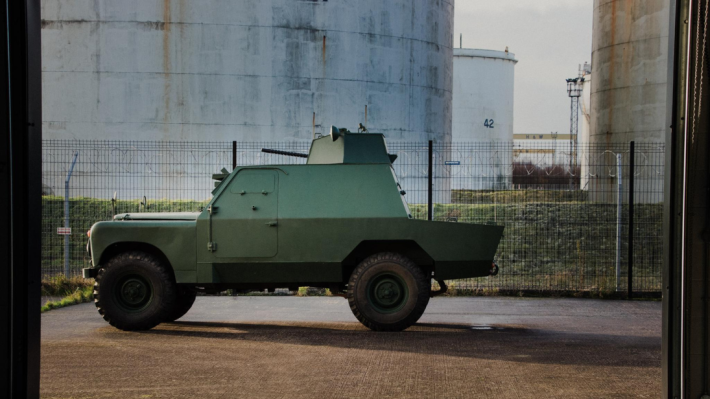
The MMC Car
Explore one of the oldest cars in our collection - the MMC car built in 1903.
How did we get this in our collection?
Whilst walking through the Transport galleries, you might have spotted one of the oldest vehicles in the collection, the MMC built in 1903. MMC stands for the Motor Manufacturing Company, but their former name of the Great Horseless Carriage Company (established first in 1897) is possibly one of the best names for an early car manufacturer! MMC, based in Coventry, were one of the first firms to make cars in England. Established in 1898, they lasted for eleven years eventually closing down in 1908.
This car belonged to ARW Montgomery of Bray after he purchased it second-hand in 1906. It took part in the first Leinster Run, better known as the Old Crocks Race which took place in 1938. The run started from Donnybrook Tram Depot in Dublin and finished at St Michael's Wharf in Dun Laoghaire. It was the oldest car competing on the day.
The car was later donated by Mr Montgomery to the museum in the 1960s.

“It really was an excellent machine. In terms of engineering it was well up there. There were many other British makes but the MMC was acknowledged.”
Simon Thomas
Local MMC enthusiast & expert
Expert knowledge
We were lucky enough to be put in contact with a local MMC enthusiast and expert, Simon Thomas, who was very keen to share some of his knowledge about this historic car, having one himself which he regularly takes out on runs around the country. It was too good an opportunity to miss and so, we invited him to the gallery to be interviewed. Simon gave us valuable insights into what it is like operating one of these cars, in particular, how difficult cars of that period were to start:
“The cars were started on the handle. You need to be very, very careful indeed. At the front we would have where the starting handle would be put in… we need to put petrol in the two cylinders and that will ignite the engine when we’re ready… then it’s back to the main controls at the steering wheel to set the ignition at full advance to apply some choke. You come back to wind the starting handle. The important thing is to always keep your thumb on the same side as the rest of your fingers otherwise you could break your thumb and your arm which has happened frequently.”
According to Simon Thomas, starting the engine was not the only challenge driving a car on the roads in the 1900s:
“Not only are you driving the car but you’re giving hand signals as well…Basically oil was being dropped everywhere you went as well. You had to carry a lot of spares in the car in case something happens to the chains… Horses were a great problem. Certainly in the early 1900s, one of the main problems with the early cars was punctures with nails coming out of the horses hooves.”
Purchasing a car in the early 20th century was a much more bespoke affair than buying a car today:
“It’s important to remember when somebody wanted to buy a vehicle, such as Mr Montgomery…he would start off by seeing an artist’s impression of the car in one of the motor magazines, The Autocar or The Motor. Then he would probably write off and get a brochure to see the technical specifications of the car. He would decide what body he wanted on the car because essentially you bought the chassis and decided whether you wanted a two-seater body, a phaeton body, a 4 seater body, a swing Tonneau, you had all these different types of bodies that you could have. The body was bespoke to you and the car.”
With only 11 MMCs still about today, we are very lucky to have one in such good condition in our collection.
You Might Also Like
The Causeway Tram
The Giant's Causeway tramway was the first tram system in the world to be powered by hydroelectricity. Explore this unique piece of Ulster history.
The Ford Mondeo
In the winter of 1993, a team of adventurers set off in a Ford Mondeo with one goal: to make the first overland journey from London to New York.
The Shorland
The Shorland is an armoured patrol car that was used by the Royal Ulster Constabulary during the height of The Troubles.
